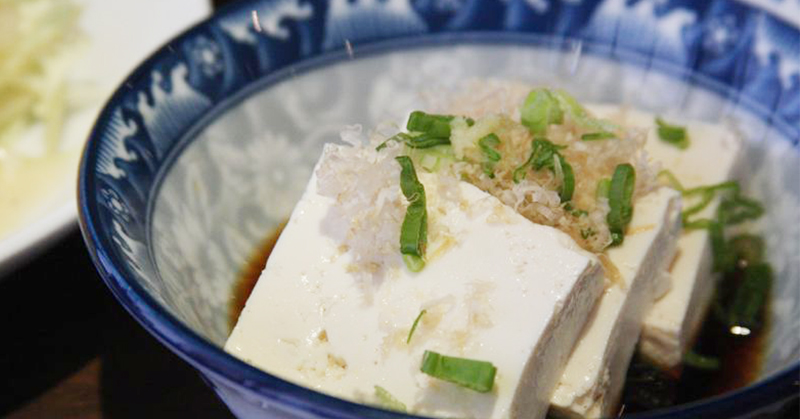 “Ask Margaret” is a new feature offered through the amazing organic grocery delivery service and one of my favorite sources of Naked foods, Spud! This weeks’ question was:
“Ask Margaret” is a new feature offered through the amazing organic grocery delivery service and one of my favorite sources of Naked foods, Spud! This weeks’ question was:
Hi Margaret, I’ve always thought of soy as a health food and recently I’ve heard conflicting information, making me think it’s not so healthy. Can you clear up the confusion? Thanks, Debra Joy
Here’s my answer:
Soy is certainly not as healthy as has been promoted. Originally soy wasn’t intended for human consumption – it was used in crop rotations in Asia for its nitrogen-fixing properties. Soy is incredibly difficult to digest because it has powerful enzyme inhibitors that essentially prevent its own digestion. It is really only fully digestible when it has been fermented, a process that neutralizes these enzymes. Thus it is a healthy food only when eaten in traditional, fermented forms such as miso, tempeh, and the Japanese dish natto. Unfortunately, this isn’t how we’re eating most of our soy.
The trouble with soy in the North American diet is that it’s all-pervasive. Soy derivatives (soybean oil, soy protein isolates, soy isoflavones, and soy lecithin are just some examples) are in all sorts of processed foods: in meats (yes, meats – as a filler), salad dressings, low-carb versions of high-carb foods, cereals, and many other processed foods. And of course there’s the abundance of soy products positioned as alternatives to animal products.
Unfortunately, soy is packed full of anti-nutrients, the enzyme inhibitors I mention above are just one example. Soy also contains oxalates and phytates, two compounds that block the body’s ability to absorb vital minerals such as calcium, zinc and iron, and isoflavones, or “phytoestrogens,” estrogen-mimicking plant hormones that affect reproductive system in both men (lowering testosterone) and women. An interesting anecdote is that soy was fed in large quantities to monks in monasteries in part because of its libido-reducing effects.
To top it all off, soy is also one of the top eight food allergies, and has goitrogens, which have been shown to damage the thyroid.
The story of soy in our diet is actually a fascinating one, and if you’d like to read more, The Whole Soy Story by Kaayla T. Daniel, PhD, CCN is an excellent read.




I was reminded by a reader of this Spud! Q&A that American-grown soy is also almost always genetically modified to include pesticides, which has been linked to numerous health challenges. This is another compelling reason to reconsider its place as a “health” food.
Interesting… after doing a little more research on soy, I stopped making my morning smoothie with soy milk and went back to doing it with yogurt and orange juice. I added a hard boiled egg to the meal to ensure that I get enough protein.
The unexplained anxiety issues that had been plaguing me for the previous month disappeared completely after a week. Apparently a cup of soy milk per day is more than my system can handle.
That is interesting. A lot of people are sensitive to soy and don’t realize it. I ate it in large quantities for years before realizing I was soy intolerant and taking it out of my diet eliminated some major digestive issues I was having. Delighted to hear that you’re feeling so much better!
What about edename?
Well, edamame can be very difficult to digest because it hasn’t been fermented. It depends to a certain degree on your system. Some people can handle it, others can’t. The redeeming factor for edamame is that it hasn’t been processed or refined – it’s not just a component of the soy bean (like soybean oil, or soy lecithin, or soy protein isolate) so that makes it less harmful on your body. If you really enjoy it and your body tolerates it, I would have edamame as a treat, but not as part of your regular diet.